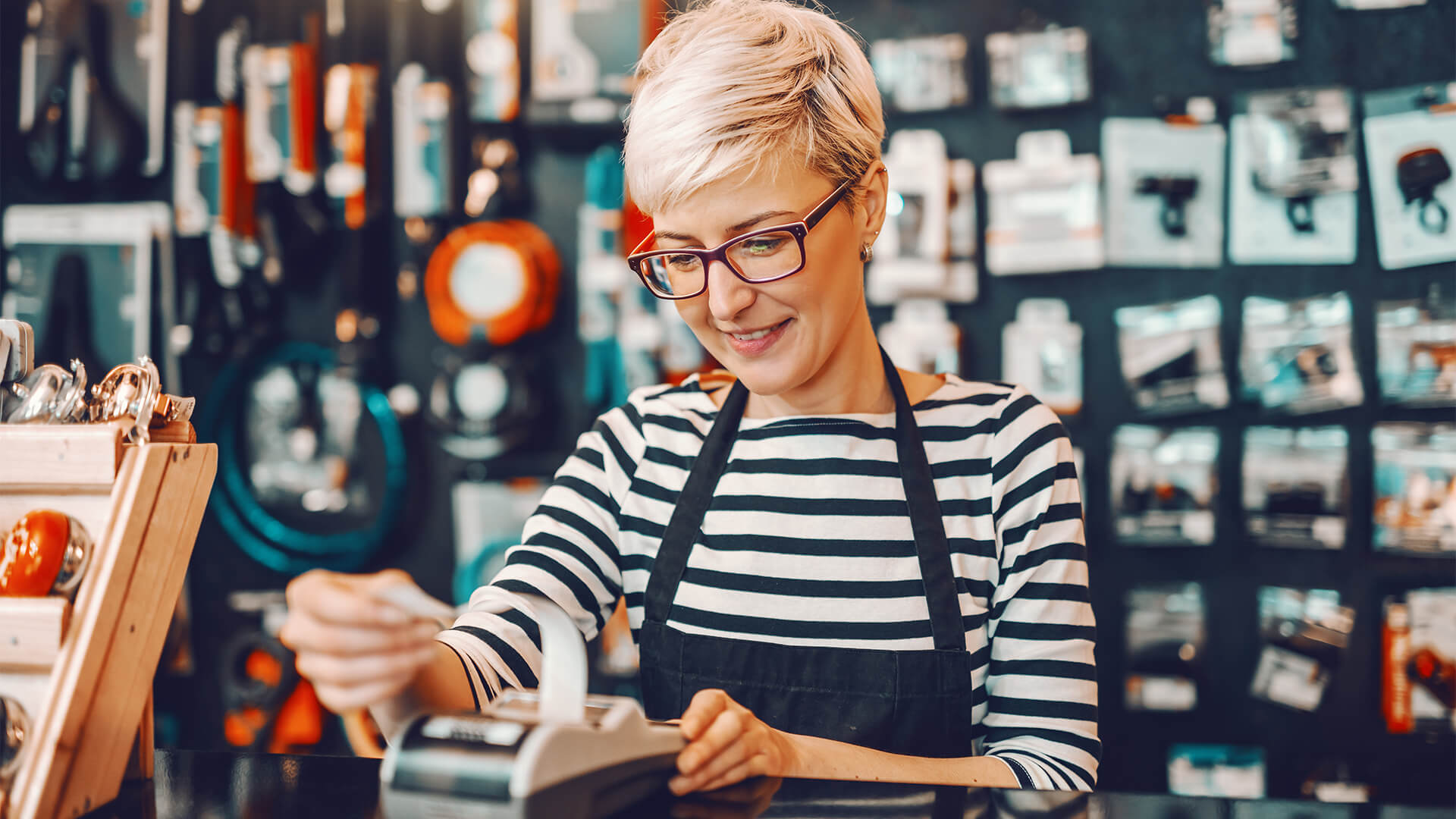Avoiding the Death of the High Street: How Retail Business Owners Can Adapt in a Post-Covid World
By Karl Baxter, CEO of Wholesale Clearance UK
The past year has been challenging for the retail industry, with the COVID-19 pandemic and resulting restrictions forcing the closure of physical stores nationwide.
And while many have now reopened as we start to resume normal life with the virus, there has also been some casualties as shops move online.
Last year, popular high street stores Topshop and Miss Selfridge were snapped up by ASOS, while Boohoo bought out major high street retailer Debenhams.
It’s hardly surprising the high street is suffering, with statistics revealing online shopping in the UK jumped from 40 percent pre-pandemic to 75 percent in 2021.
But which UK high streets have been most affected?
Our recent study revealed Norwich, Newcastle-upon-Tyne and Southend-On-Sea were the area’s most negatively affected by retail insolvency between March 2020 and September 2021.
On the contrary, Wigan, Sunderland and Luton managed to avoid retail insolvencies altogether.
Here, Karl Baxter CEO of Wholesale Clearance UK offers his expertise on how retailers can adapt in a post-COVID world – both on and offline.
Get the community involved
With millions struggling, the need for communities to come together has been stronger than ever over the past few years.
Campaigns such as the government’s ‘Shop Local Week’ in August 2020 and the British Independent Retailers Association’s ‘#shoplocal’ initiative encourage shoppers to explore the independent shops in their local community.
Retailers must take advantage of these campaigns by interacting with their customers, offering special promotions and building relationships to make sure they provide the goods or services they’re after, so they don’t need to go online or elsewhere.
While it may be tempting to shop online out of speed and efficiency, customers don’t receive the same unique offering, first-rate shopping experience and convenience as they do in-store.
By absorbing yourself in the local community, listening to its needs and providing the goods and customer service they demand, you’re more likely to increase your footfall and brand awareness.
Make your customer’s trip to your physical store unique and worthwhile to build and maintain customer loyalty.
Dip your toe in the online marketplace
Physical shoppers are a priority, but as we’ve seen in the last two years, you never know what’s around the corner and may threaten to stop day-to-day operations.
The way people are shopping is changing, and independent retailers will benefit from having a digital presence, too.
Some of the trends that retailers are set to explore this year include moving online, blending online and in-store shopping experiences and offering same-day delivery.
Think of your digital presence as an extension of the physical store. After being unable to experience the thrill of high street shopping for so long, people are craving it, yet more can be done to make their experience even more efficient.
Setting up an online click and collect service – where customers can come and collect the product from the store – or offering same-day delivery sets you apart from eCommerce giants. By introducing these methods, you can streamline and speed up processes while still creating a personalised shopping experience and guarantee goods arrive quickly.
Social media marketing
One of the main advantages local retailers have over their national competitors is an authentic understanding of their audience and customer base.
Enter social media platforms such as Instagram and Facebook, which allow shop owners to interact with their customers, show them their product offerings and expand their reach.
According to research, 62 percent of businesses believe social media has helped them improve customer communication, while another revealed 74 percent of shoppers use it to guide their purchase decisions.
So, if you aren’t already, start interacting and expanding your community of customers on social media to boost sales, increase footfall and even have a little bit of fun in 2022!

Stay updated with our latest publications.
Discover Issues
See how we can help you grow in the online space!
Advertise With Us
We can help promote your business.
Find Out More




